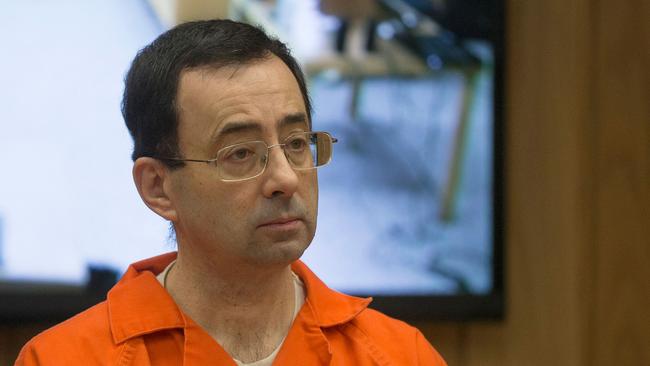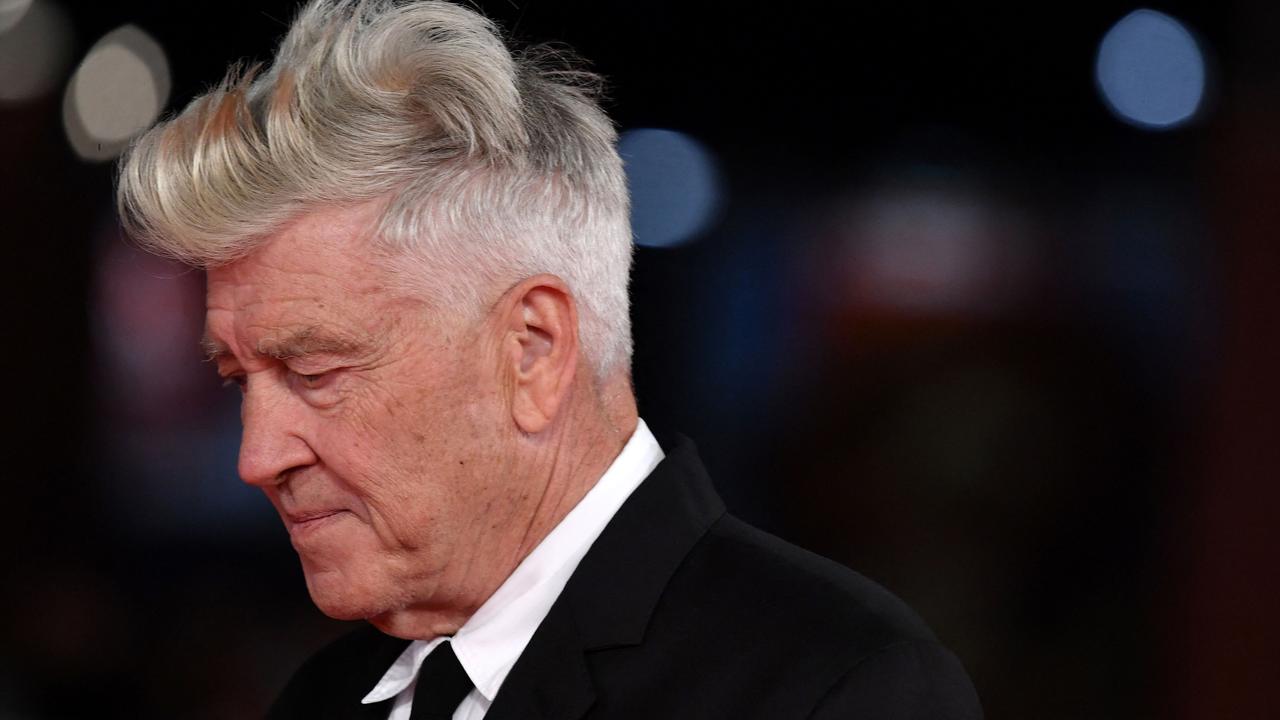
If you do not cry when watching the new documentary Athlete A, then you must have a heart of stone. It is gobsmacking and wrenching and invokes great fury. It is about the sustained sexual abuse of elite athletes carried out over decades in USA Gymnastics by its “quirky” team doctor, the paedophile Larry Nassar.
When he was finally brought down a few years ago, more than 37,000 images of child pornography were found at his home. Yet for decades he’d been professionally granted access to underage women and the most private parts of their bodies in what was often the first sexual experience these females – minors – had experienced.
It’s a relentlessly ugly story, but bringing these things to light is the only way to change hidden cultures. When USA Gymnastics was first informed of Nassar’s sexual abuse it did not report it to the police as it is required to do by law. Oh no. It investigated the situation slowly, internally, thus allowing him to keep abusing minors a year after his crimes were first reported. Did the organisation care about the young women in its world? It did not. It was all about the glory of the sport. The medal tally. The winning.
It’s a highly competitive world, in which little girls with Olympic dreams are played off against each another. Nassar dealt in power and humiliation, shame and awkwardness. The girls he attacked were scared and confused; some did not know if it was even abuse because everything was cloaked in an official medical context. And this wasn’t just about sexual assault, it was about sustained emotional and psychological abuse perpetrated by many of the sport’s top instructors. It involved bullying about weight, forcing athletes to perform even if injured and punishing them if concerns were raised. The Nassar problem was first aired by star athlete Maggie Nichols (“Athlete A”); shortly after speaking out, she was left off the USA 2016 Olympic team. Her mother believes it was payback for raising concerns.
This is a story about power. Humiliation. Control. About athletes being overtrained and underfed and callously replaced with the next in line if they get injured. About warnings involving abusive coaches being dismissed, about coaches moving on to the next gym and the next rather than being banned, about girls being forced to sign non-disclosure agreements. All the familiar patterns.
There’s nothing hopeful in it – until Maggie quits gymnastics at an elite level and starts flipping and flying through the air for her university college. She’s a model of resilience. “Maggie doesn’t have a negative bone in her body,” her mum Gina says. “No matter what has happened to her, she continues to push forward and never complains. She has this incredible gift where she can turn negatives into positives. She says, ‘OK, this is what happened to me’, then just gets on with it.”
She’s the heroine here, along with hundreds of other survivors. The documentary’s clips of survivor after survivor coming forward with their testimony, at Nassar’s sentencing, is the weeping moment. This is also the story of a small, regional newspaper tenaciously unearthing a story that could easily have been swept under the carpet. In this case, the Indianapolis Star, which was like a dog with a bone it would not let go. There’s a movie in this whole sorry tale.
This is one of the largest sex abuse scandals in sporting history. The head of USA Gymnastics at the time of Nassar’s tyranny was Steve Penny, who’s been charged with tampering with evidence relating to Nassar’s crimes. Would the matter have been dealt with differently if a woman had been heading up the sport at the time? One thing I’d like to see is more women looking after women at elite levels of female sports medicine, coaching and management.



